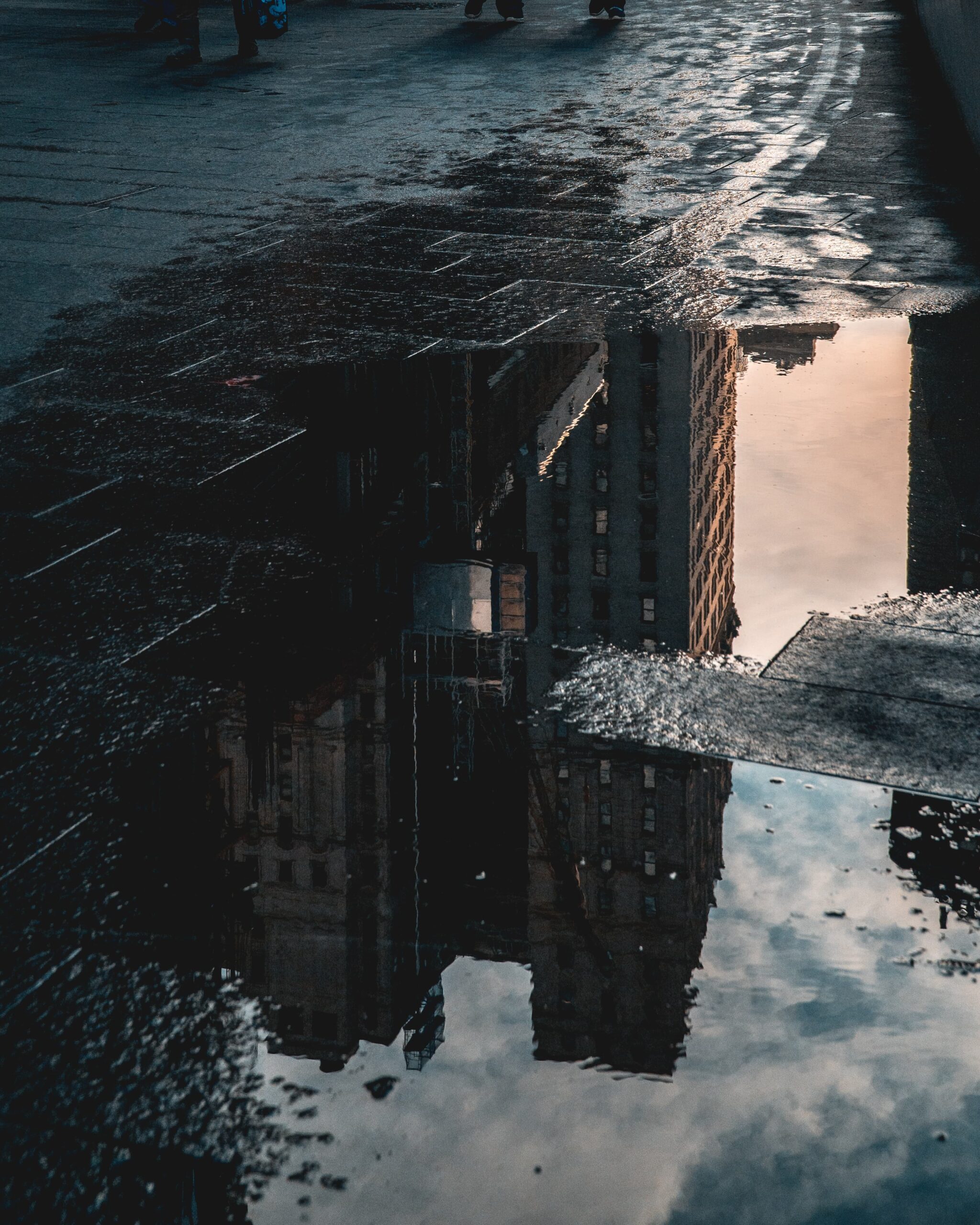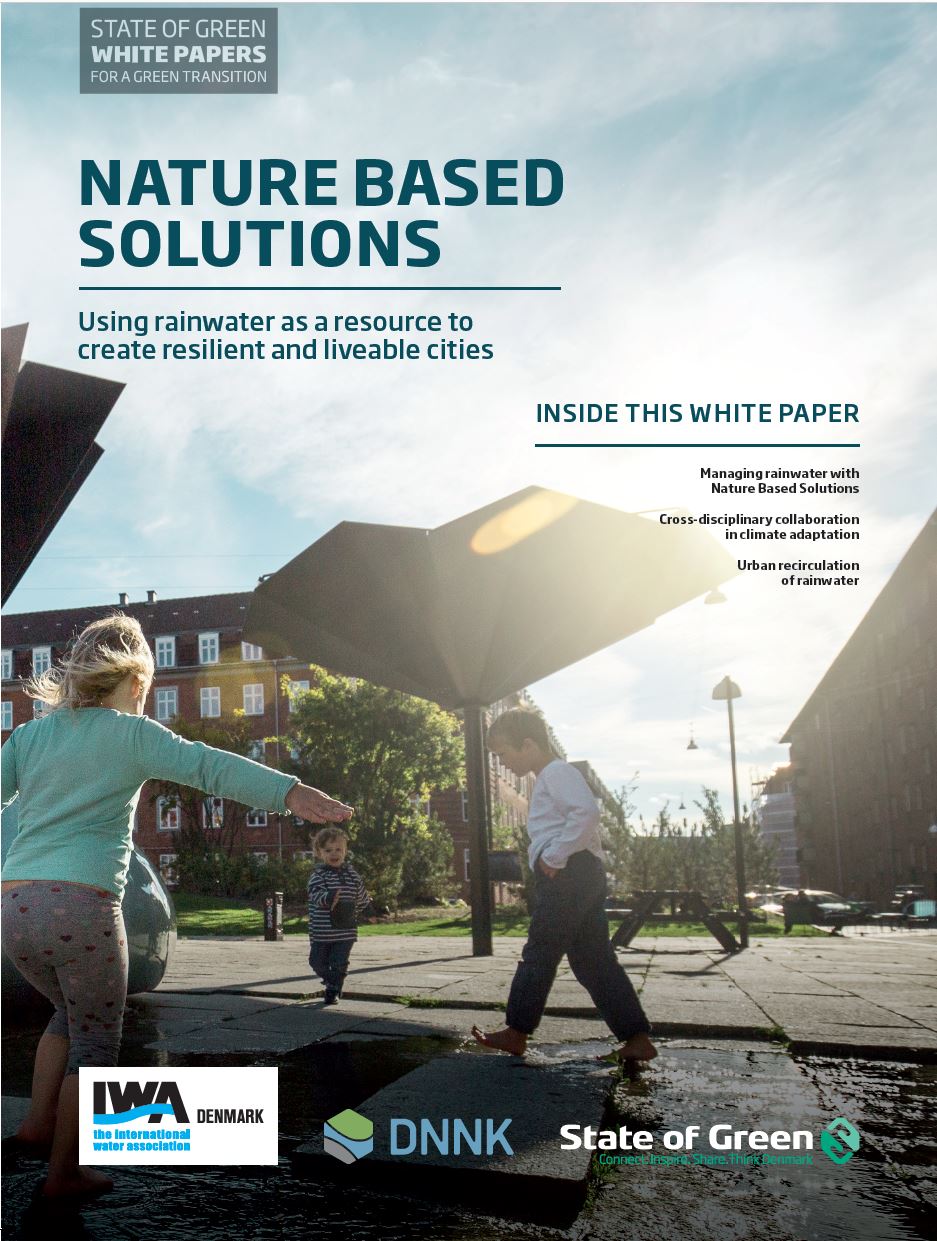Download our publication on nature-based solutions today
This article is part of our publication ‘Nature-based solutions’.
Download nowPerspective
Nature based solutions
Urban water management


Local management of storm water runoff in Nature-based Solutions includes the runoff to be collected, delayed and/or stored and hereafter used as a recreational asset in channels or ponds in the city or discharged slowly to a receiving water body, such as a groundwater aquifer, the ocean, streams or wetlands. However, runoff can contain a variety of pollutants such as oil components, heavy metals, endocrine disrupters, pesticides, road salt and nutrients.
Therefore, runoff must often undergo treatment before being discharged to the receiving water body. In accordance with the European Water Framework Directive and the Danish Environmental Protection Law, Danish municipalities must determine whether treatment of the runoff is required for each case that utilises NbS. This requirement depends on the pollution level of the runoff as well as the sensitivity of the recipient.
Thus, when choosing a treatment solution, it is important to ensure the water can betreated sufficiently to meet the quality requirements related to the particular recipient. If the water is infiltrated, it must not contaminate the groundwater. If the water is discharged to a lake or a stream, it must not deteriorate the biological and ecological state of the receiving body of water. And if it is used for recreational purposes, the rule of thumb is that rainwater can be stored for a maximum of 24 hours due to concerns about pathogens.
If the treated runoff is to be sprayed or pumped for play, e.g. at laygrounds, UV disinfection is often necessary. Several solutions for treatment of runoff are available and they are often already an integrated part of the NbS. These include basic treatment mechanisms such as sedimentation, filtration, absorption, biological degradation and flocculation – often in combination.
Proper documentation of the treatment efficiency of the solutions is paramount to ensure that the receiving water bodies are protected. Establishing a sound, pragmatic and useful documentation procedure is still an ongoing process in Denmark, as well as in many other countries.

This article is part of our publication ‘Nature-based solutions’.
Download nowNews
Energy efficiency in buildings
+21